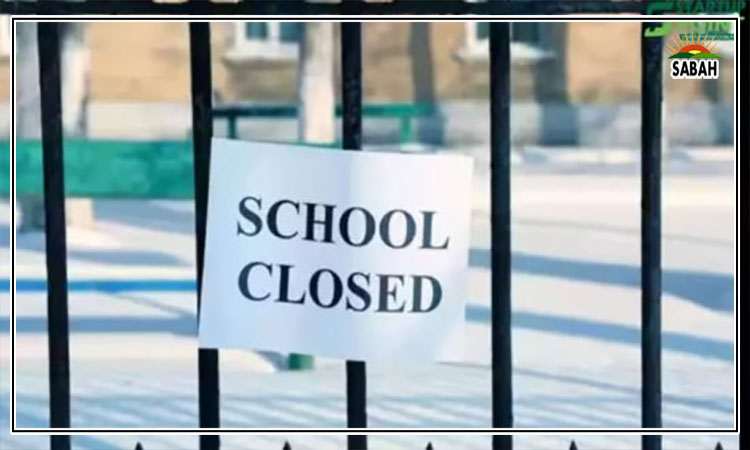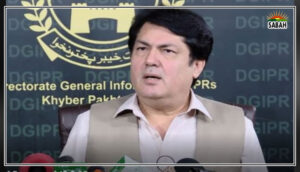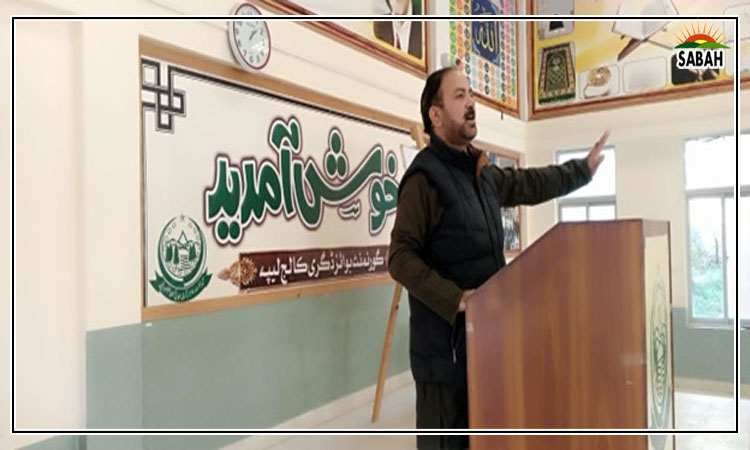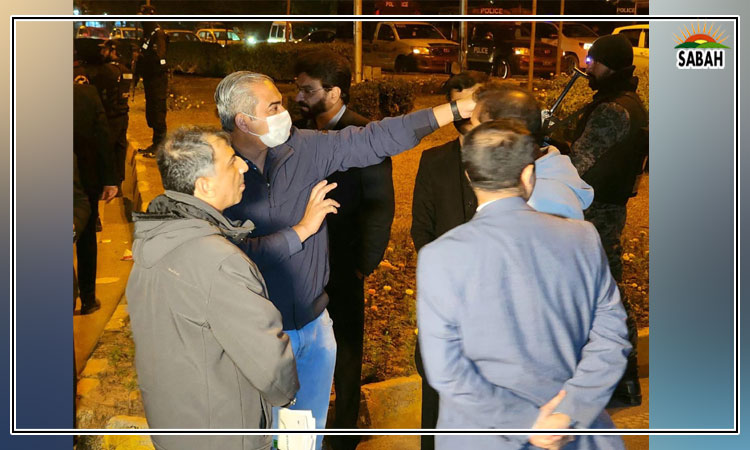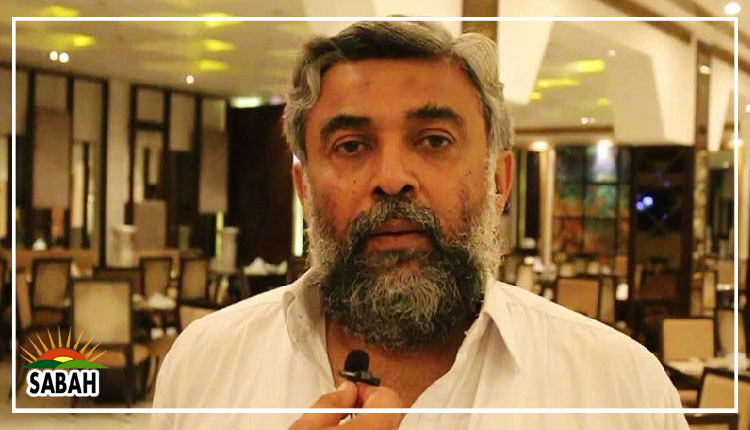Imagination in education…Aqsa Zainab
IMAGINATION is not an escape from reality or simply a tool of fantasy among creative types. It influences how we perceive reality and even reshape it. As such, it is not necessarily opposite to reason. The two can complement each other to offer deeper insights. Thoughtful, innovative works in science, social studies, language, and even mathematics can all benefit from imaginative thinking. Imagination must not be confined to curriculum discussions on arts and crafts or restricted to preschool and elementary school years. Its relevance must be taken seriously across all levels of education.
Perhaps its symptomatic of our modern times that we have become accustomed to viewing reason and imagination as dichotomous to each other. Moreover, each is often attributed solely to a self-contained individual, whose origin is further reduced to neurological functions of the brain. We seem to have moved away from a holistic way of perceiving and relating to the world. In Greek and Roman thought, creative spirits inspired philosophers and poets alike. Carl Jung tried to break out of modern individualism by proposing the notion of a collective unconscious. Within irfan, or Muslim mystical thought, imagination was viewed as a faculty of perception and intellect that enabled the discovery of new horizons, even allowing one to attain truth and certainty. Reason and imagination were not dichotomous as such.
In Henry Corbins reading of Muslim esoteric traditions, ones ability to tap into the higher realms also depended on ones himma, or power of the heart. Various wayfaring manuals also indicate that the mystic teacher would prescribe the initiate to engage in rigorous spiritual exercises in order to control the inner powers of imagination and discern divine inspirations from distracting whispers. In contrast, it seems that we have reduced imagination to just manipulating ideas creatively and expressing oneself creatively. And creative pedagogies keep on stimulating the imaginative powers of children without helping them learn how to handle these powers. For comparison, one might consider the pedagogies of Muslim and Japanese traditional calligraphy that approach the work of art and the heart of the artist as interconnected components of a holistic experience involving self-awareness, self-discipline, and self-transformation.
It is said that imagination reveals the sublime.
Yet even in its reductive modern sense, imagination today is often relegated to early years of education. Beyond elementary school, there is only lingering space for imagination as found in the subjects of humanities. In contrast, math, science, and even social studies increasingly rely on analytical reasoning skills. Thus the demarcation between imagination and reason gets more rigidified. Perhaps this is partly why students find math and science challenging in upper school as these subjects no longer involve the whole self, if they ever did in previous years. Even preschool environments operate under immense pressure to rapidly meet narrow academic benchmarks, for children must pass highly competitive entrance tests and interviews for school admissions. Imagination thereby gets stifled.
Exceptions exist, even in upper school, where an individual teacher or curricular component may adopt an interdisciplinary or holistic approach to a topic. So students may discover the patterns and beauty of trigonometry in the cosmos, delving into not only quantitative but also qualitative aspects. They might explore how innovative scientists use analogies and visualisation to come up with new theories. In social studies, it requires imaginative abilities to grasp the interconnectedness of all life forms within an ecological framework. Perhaps students might also glean some lessons from the complicated biographies of math and science geniuses of the past century, who spoke of tapping into the transpersonal horizons of knowledge and creativity, and yet also the toll it took on their well-being.
It is said that knowledge points to what exists, while imagination points to what could be. The external senses perceive the manifest, while imagination reveals the sublime. Imagination facilitates abstract thinking, allowing one to move beyond the world of images. With imagination one can also empathise and walk in another persons shoes. But here is the challenge for educators.
Imagination isnt that simple or straightforward to teach, if it can be taught at all. Its likely that whatever we try to teach directly or indirectly will only scratch the surface, representing a mere fraction of the boundless imaginative potential within human beings. However, we can become more aware of the deeper possibilities of imagination and more cautious regarding the separation of imagination from reason.
Courtesy Dawn



